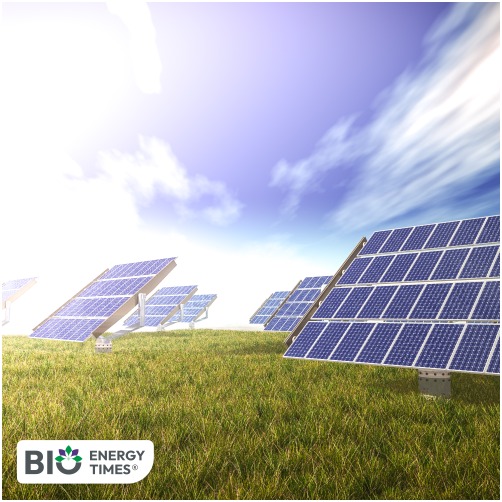India has reached a significant milestone by achieving 100 gigawatts (GW) of solar photovoltaic (PV) module manufacturing capacity. Prime Minister Narendra Modi praised the development, calling it a key step towards energy self-sufficiency and clean energy adoption.
Taking to social media platform X, PM Modi remarked, “This is yet another milestone towards self-reliance! It depicts the success of India’s manufacturing capabilities and our efforts towards popularising clean energy.”
According to a statement from the Ministry of New and Renewable Energy (MNRE), the country’s solar PV module manufacturing capacity listed under the Approved List of Models and Manufacturers (ALMM) has now reached 100 GW. This marks a major advance in India’s efforts to establish a strong and self-reliant solar manufacturing ecosystem, in line with the broader national vision of ‘Atmanirbhar Bharat’ and the global push for clean energy.
Union Minister for New and Renewable Energy, Pralhad Joshi, highlighted the progress: “India has achieved a historic milestone—100 GW Solar PV Module Manufacturing Capacity under the ALMM, a remarkable rise from just 2.3 GW in 2014. This progress, under the visionary leadership of Prime Minister Modi and initiatives like the Production Linked Incentive (PLI) Scheme for High-Efficiency Solar Modules, is a testament to our growing solar ecosystem. It reinforces our journey toward self-reliance and our 2030 target of 500 GW non-fossil capacity.”
The ALMM Order was initially issued by MNRE on January 2, 2019, with the first list published on March 10, 2021, featuring a total capacity of around 8.2 GW. In just over four years, the listed capacity has expanded more than twelve times to cross the 100 GW threshold.
This expansion is not only reflected in the scale of capacity but also in the number of manufacturers. Since 2021, the number of listed manufacturers has surged from 21 to 100, operating across 123 manufacturing units nationwide.
The growth includes both well-established firms and new players, many of whom have embraced high-efficiency technologies and vertically integrated production processes. The outcome is a dynamic and competitive manufacturing sector capable of meeting domestic demand and contributing to international markets.
India’s achievement in surpassing the 100 GW mark stands as a testament to the collaborative efforts of industry stakeholders, state governments, and the central government, reinforcing the country’s position in the global clean energy transition.














